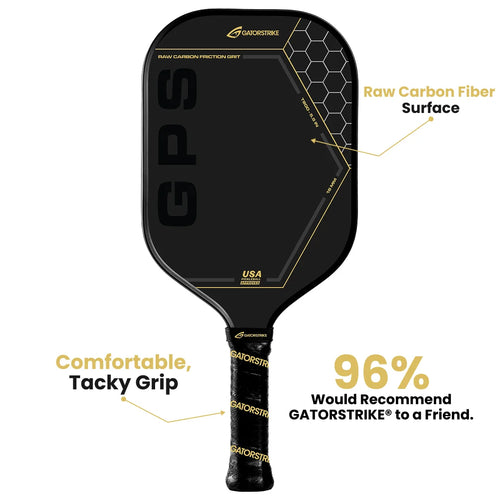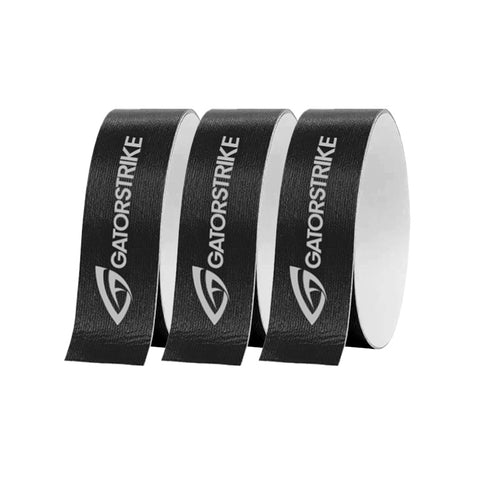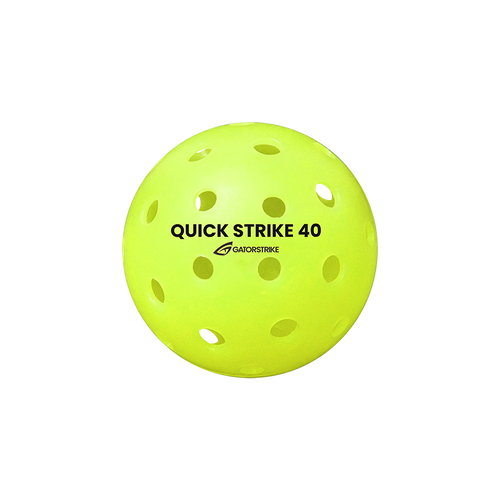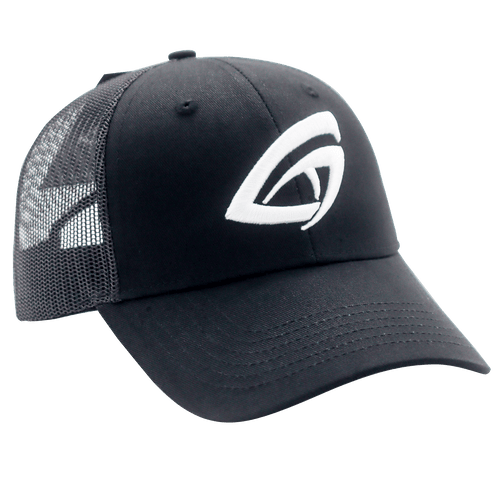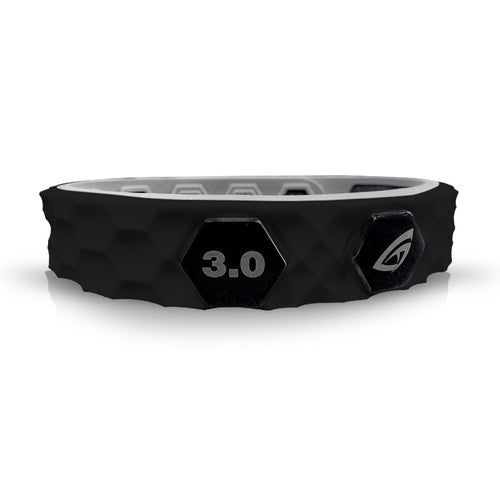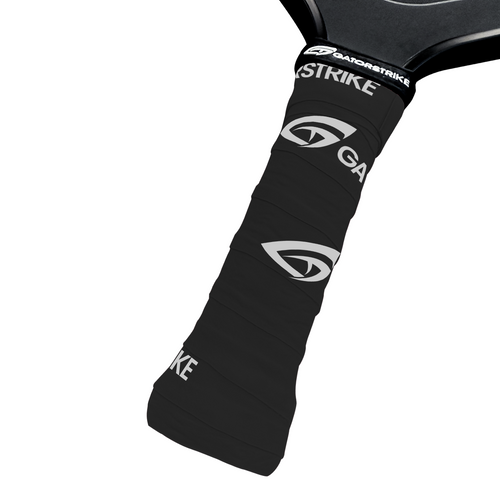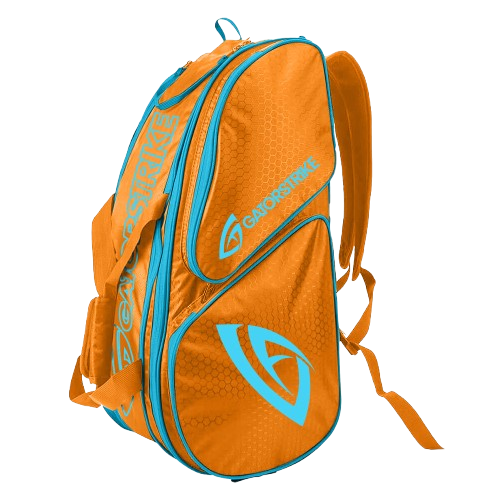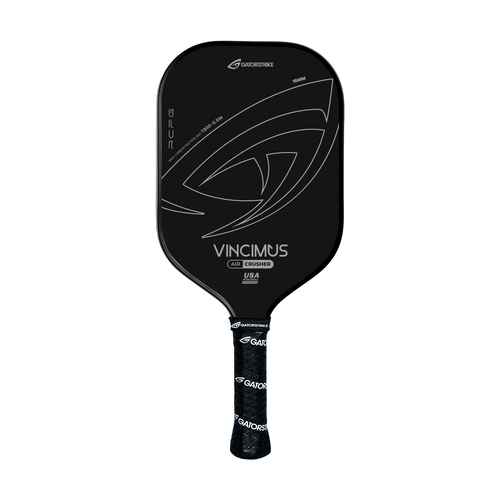
The Spin Factor: Mastering Topspin and Backspin to Control the Rally
Share
In the ever-evolving world of pickleball, power and placement are no longer the sole dominators. Enter spin—the secret ingredient that adds finesse, deception, and tactical depth to every shot. Whether you're shaping a topspin drive to clip the baseline or floating a backspin drop that dies just over the net, mastering spin can give you the upper hand in even the most hard-fought rally.
Let’s unravel the magic behind the spin factor and show you how to use topspin and backspin to control tempo, disrupt rhythm, and dominate the rally with surgical precision.
1. Spin Fundamentals: What Really Happens When You Twist the Ball
Spin in pickleball is all about manipulating the ball’s rotation to influence its trajectory and bounce.
- Topspin (forward rotation): Causes the ball to arc downward quickly, allowing you to hit higher over the net with aggressive intent while keeping the ball in play.
- Backspin (reverse rotation): Slows the ball down and causes it to “float” and stay low upon bouncing, making it harder to return.
Understanding these rotations isn’t just for physics geeks—it’s the key to transforming your rally strategy.
2. Topspin Techniques: Harnessing the Aggressive Arc
Topspin gives you a license to hit hard without sacrificing control.
How to generate topspin:
- Use a low-to-high swing path, brushing up on the back of the ball.
- Engage your wrist and forearm in a flicking motion at the point of contact.
- Strike slightly underneath and behind the ball, accelerating through.
Best scenarios to use it:
- Baseline drives: Topspin helps clear the net and dip quickly into the court.
- Third shot drops: A subtle topspin can help your drop shot stay low and controlled.
- Cross-court returns: Add arc with topspin to keep the ball in and stretch your opponent.
Pro tip: Practice hitting with topspin against a wall to refine your brushing contact without over-hitting.
3. Backspin Mastery: The Art of Disruption
Backspin isn't flashy—it’s cunning. It’s the shot you use to slow the game down and force awkward footwork or mis-hits from your opponent.
How to generate backspin:
- Use a high-to-low swing path, slicing down the back of the ball.
- Keep a compact stroke, avoiding excessive follow-through.
- Hit the ball slightly under the equator, maintaining paddle angle stability.
Best scenarios to use it:
- Dinks and drop shots: A backspin dink stays low and forces your opponent to hit upward.
- Serve returns: Float one deep with backspin to keep the server on their heels.
- Resets from the transition zone: A spin-laden reset slows the rally and reestablishes your position.
Pro tip: Less is more. You don’t need extreme backspin—just enough to keep the bounce short and low.
4. Spin in Tandem with Footwork and Timing
Spin isn’t an isolated skill—it works best when married to elite footwork and timing.
- Position your body early, so you’re not compensating mid-swing.
- Use a neutral stance to adjust for various spins.
- Avoid flat-footed strokes—generate your spin with the full kinetic chain, from legs to core to paddle.
This synergy makes your spin shots more fluid, more accurate, and less readable to opponents.
5. Defensive Spin: Turning Defense into Offense
Caught off-balance or deep in the court? Use spin to flip the script.
- A backspin reset can neutralize aggressive attacks and give you breathing room.
- A topspin lob can catch poachers off-guard while keeping the ball from sailing long.
When you're under pressure, adding spin not only adds shape—it adds safety.
6. Spin Reading: How to Anticipate and Counter Opponent Spin
Spin is a double-edged paddle. To master it, you also need to learn how to read and react to your opponent’s spins.
Signs of spin coming your way:
- Watch the angle of their paddle at contact.
- Note their swing path—is it brushing up, slicing down, or flat?
- Observe the ball's flight and bounce—a dipping shot is likely topspin, while a floating one is backspin.
How to counter:
- For topspin, keep your paddle angle more open and absorb the pace.
- For backspin, get low and use an upward swing path to lift the ball cleanly.
Train your eyes to interpret subtle cues—it's like learning a new language on the court.
7. Practice Makes Precision: Spin-Focused Drills
Incorporate these drills into your training regimen:
- Wall Brush Drill: Focus on consistent topspin contact.
- Backspin Bounce Challenge: Try to make the ball bounce and “return” toward you with heavy slice.
- Partner Spin Rally: Alternate spinning shots with a partner—topspin vs. backspin.
The goal isn’t just to create spin—but to control it with intentionality.
Conclusion: Spin It to Win It
Spin is the invisible force that gives depth to your shot-making, unpredictability to your rallies, and nuance to your tactics. It’s not just an aesthetic flourish—it’s a tool that bends the rally to your rhythm. Mastering topspin and backspin puts you in the driver’s seat, allowing you to steer momentum, control pace, and dictate outcomes with elegant precision.
So next time you grip your paddle, remember—it’s not just about power. It’s about rotation with purpose. Add spin to your toolkit and watch your game transform.
